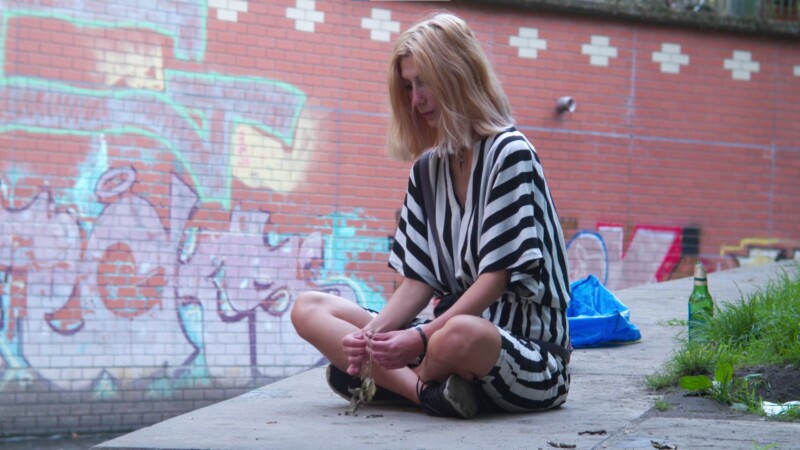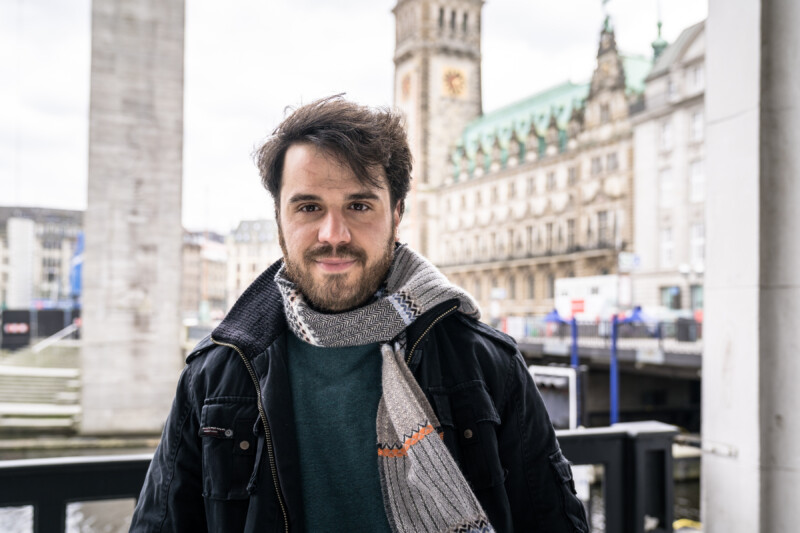Berlin increasingly sees itself as a cosmopolitan capital metropolis that stands for more solidarity with refugees and for a direct municipal admission policy. By joining the (international) city networks “Safe Harbours” in 2018 and “Solidarity Cities” in January 2019, Berlin has also made this visible on the European and international stage. This fits in with the capital’s self-conception, image and tradition as a city of refuge.
Even if Berlin’s legal scope is limited by national and European regulations and even though we have already questioned what concrete asylum policy options a city has in the emancipatory developments in Palermo, the effect of a symbolic politics alone as a new narrative against the growing tendency of isolation should not be underestimated.
Protests and creative spaces of refugees in Berlin
“What’s unique with Berlin is that you have this culture of being socially conscious. […] Resistance is in the city’s blood.”
Annamaria Olsen, Give Something Back To Berlin, 2016
Again and again, from both a historical and contemporary perspective, cities have been and still are places of protest for more participation and rights, such as the right to the city, the right to freedom of movement and the right to work.
The most sustained political protests of refugees in Germany to date began in January 2012 and spread to many cities in the country. In Berlin, the occupation of the Oranienplatz in Kreuzberg, which lasted for two years, the occupation of the Gerhardt Hauptmann School, hunger strikes at the Brandenburg Gate and groups of refugees such as “Lampedusa in Berlin” triggered a previously unknown public awareness of the motives for flight and the living situation of refugees.
Among the refugees were also many who reached Sicily via the Mediterranean Sea, obtaining humanitarian protection and trying to find work and housing in Italy. Some found work in the informal labor market, but the majority experienced persistent unemployment and homelessness. In search of better living conditions and future prospects, many refugees with Italian residence permits tried to reach Northern Europe in 2013. Many came to Germany, where they were or are not allowed to work due to the Schengen Agreement and the Dublin Regulation. Despite strong protests, such as in Berlin, their demands for the right to work and freedom of movement remained unsuccessful at first glance.
Due to the great heterogeneity of the actors with regard to their residence status, the movement became increasingly fragmented and their protests have been declining since 2014. But this has resulted in sustainable activist structures and many initiatives around activists with experience of flight, which operate at the local level and complement the institutional advisory and support structures.






